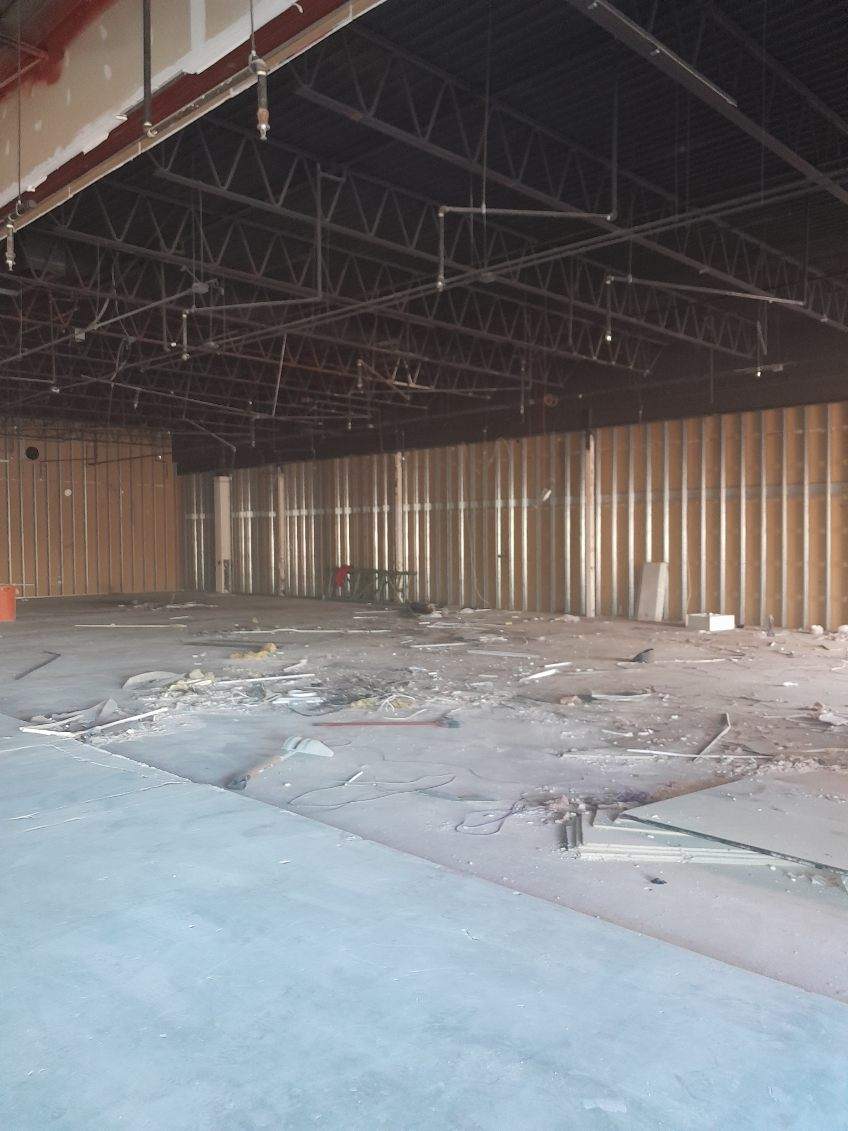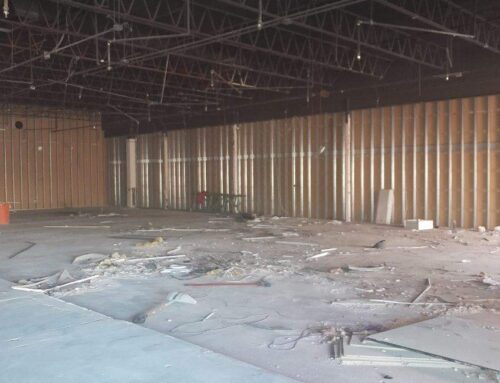Whether you’re a business owner considering revamping your commercial property or someone intrigued by the world of demolition, the term ‘commercial demolition’ might raise numerous questions. This comprehensive guide will address those burning questions and shed light on the myriad aspects of commercial demolition.
Don’t settle for guesswork. Secure your precise commercial demolition estimate from our seasoned professionals now!
1. What is Commercial Demolition?
Commercial demolition pertains to the process of tearing down commercial properties like office buildings, factories, hotels, stores, and churches. Unlike residential demolition, handling commercial structures requires extra caution due to their size, structure, and the materials involved.
2. What is the Difference Between Commercial Building Demolition and Commercial Interior Demolition?
While commercial building demolition involves the complete tearing down of a structure, commercial interior demolition focuses on stripping the inside of a building while preserving the external structure. Interior demolition might be chosen when the exterior has historical significance or when the building will be repurposed.
3. Who Should I Contact for Commercial Demolition?
Always reach out to a professional demolition contractor. These experts are equipped with the knowledge and tools to ensure the demolition process is safe, efficient, and compliant with local regulations.
4. How is Commercial Demolition Executed?
– Mechanical Demolition: The most common method involving heavy machinery like excavators, bulldozers, and wrecking balls. This approach may lead to a significant amount of airborne debris but is often the quickest method.
– Deconstruction/Dismantling: A methodical process where the building is taken apart piece by piece, aiming to salvage as many materials as possible.
– Explosion/Implosion: Reserved for situations where other methods aren’t viable, this method uses controlled explosions to bring down a structure. Given the potential public health concerns, this method requires meticulous planning and expert skill.
5. What is the Cost Involved in Commercial Demolition?
The commercial demolition cost varies based on factors like the size of the property (square footage), building materials involved, and location. On average, you can expect to pay roughly $4 – $8 per square foot. Remember, larger projects may offer a reduced cost per square foot.
6. Are There Any Legal Requisites for Commercial Demolition?
Yes, permit fees are mandatory, and depending on the structure’s age, inspections for hazardous materials like asbestos might be required. Abiding by the Clean Air Act, any commercial building demolition or renovation must adhere to the National Emission Standards for Hazardous Air Pollutants (NESHAP) regulations.
7. How Does One Handle Asbestos in Commercial Demolition?
Asbestos, a once popular building material due to its fire-resistant properties, has been linked to health issues. Under the Asbestos Hazard Emergency Response Act, professionals dealing with asbestos-containing materials must undergo training as rigorous as the EPA Model Accreditation Plan (MAP). Asbestos removal should always be left to professionals who adhere to stringent safety protocols and hazardous waste removal procedures.
8. What are the Environmental Implications of Commercial Demolition?
Demolition can raise several environmental issues, including air quality concerns due to dust and debris, potential release of hazardous materials, and waste accumulation. This is where the Clean Air Act comes into play, ensuring that operations do not release harmful visible emissions into the atmosphere.
9. Can Deconstruction be a Better Alternative to Demolition?
Yes, in many cases. Commercial deconstruction is the process of dismantling a building with the objective of reusing or selling salvaged materials. It’s a more sustainable method than traditional mechanical demolition.
10. How are Debris Managed Post Demolition?
Debris cleanup and disposal are crucial post-demolition. The debris removal solution depends on the size of the debris, the materials, and local regulations. Whether it’s recycling or moving to a landfill, ensuring responsible disposal is vital.
11. Why is Training Important in Commercial Demolition?
Safety first! Given the risks associated with commercial demolition, from handling heavy machinery to managing hazardous materials, a thorough training program is non-negotiable. It ensures that all personnel are equipped with the knowledge and skills to perform tasks safely and efficiently.
12. Are there Specific Tools for Commercial Deconstruction?
Yes, while mechanical demolition relies heavily on machinery like excavators, bulldozers, and cranes, commercial deconstruction primarily uses hand tools. However, in some cases, larger machinery like cranes and shear legs may support the structure during the deconstruction process.
From small stores to towering office buildings, every demolition starts with a quote. Tap into our expertise and get yours today!
Demolishing a commercial structure is no small task. It’s a multifaceted process that requires expertise, precision, and a profound understanding of regulations and safety protocols. Whether you’re exploring the potential costs, concerned about environmental implications, or curious about the methods, this guide aims to shed light on the often complex world of commercial demolition. Always remember


